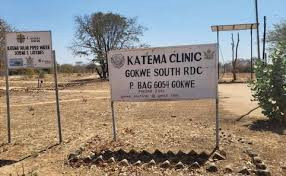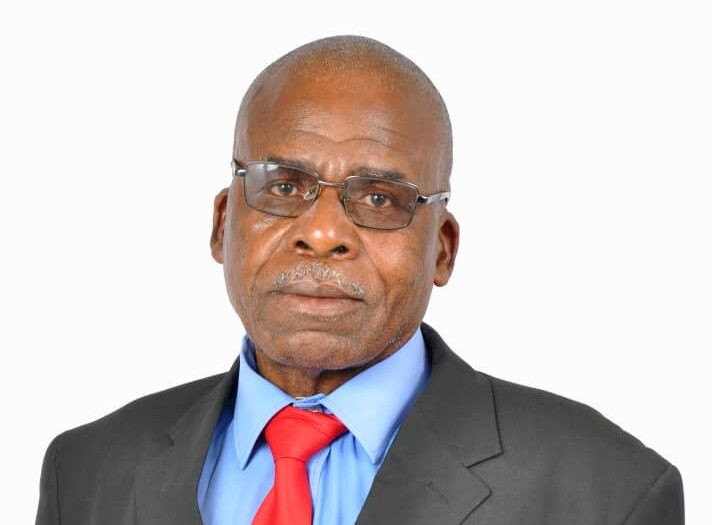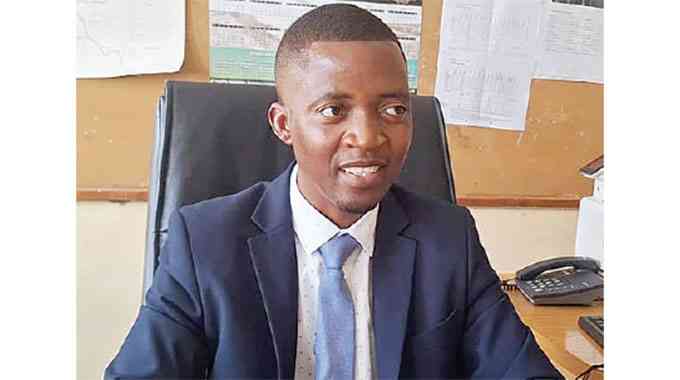
In rural communities, where blackouts can last more than 18 hours a day, a quiet revolution is taking place. It is not led by doctors, nurses, or politicians — but by the sun.
For years, clinics in districts such as Gokwe North, Gokwe South and Mberengwa struggled to keep HIV medicines cold and laboratory machines running.
Patients often arrived at health centres only to be told that their life-saving antiretroviral (ARV) drugs could not be dispensed because refrigerators had shut down.
“Before, I feared coming to the clinic and being told my drugs had gone bad,” recalls 42-year-old Tendai Moyo* of Chiwundura in Vungu district, who has lived with HIV for nearly two decades.
“Now, I can even collect them at night after work, because the clinic has lights. It gives me dignity.”
Zimbabwe has one of the highest HIV burdens in the world, but also one of the most fragile electricity supplies.
A few years ago, about one-third of health facilities in Zimbabwe had no electricity at all, while many more faced unreliable supplies.
Globally, nearly a billion people in low-income countries depend on health centres without steady power.
- Chamisa under fire over US$120K donation
- Mavhunga puts DeMbare into Chibuku quarterfinals
- Pension funds bet on Cabora Bassa oilfields
- Councils defy govt fire tender directive
Keep Reading
In Zimbabwe, the impact had been devastating: ARVs spoiled, blood samples untested, and mothers forced to give birth in darkness.
“Without reliable power, the UNAids 95-95-95 targets could have remained a dream,” said a nurse at Chinamasa Clinic in Chiwundura.
“Renewable energy is more than electricity — it is health security.”
Since 2017, the Solar for Health (S4H) initiative, coordinated by the Ministry of Health and Child Care with support from the Global Fund and UNDP, has installed solar systems in more than 1 000 health facilities across Zimbabwe.
Another 188 facilities are set to be upgraded by the end of 2025, which will bring renewable energy to 70% of clinics nationwide.
Other partners, including Unicef and local firms such as Clamore Solar, have extended the reach of solar power into rural maternity wards and community health centres.
The results are striking. Clinics once crippled by blackouts can now store ARVs, vaccines, and infant diagnosis kits safely in solar-powered fridges as well as provide 24-hour maternity services, with midwives able to deliver babies under reliable lighting.
“Getting energy from solar helps us reduce emissions and get a more affordable energy source,” said energy expert Edzai Kachirekwa.
The impact on HIV care has been transformative.
National Aids Council district coordinator for Gokwe South Isak Chiwara said solar has given confidence back to both patients and health workers.
“We no longer worry about power cuts affecting ARV storage. Patients are confident their drugs are always safe,” he said.
Community Antiretroviral Treatment (CART) groups — which deliver medicines to remote patients — are also benefiting.
Portable solar chargers allow members to keep phones powered, making communication with clinics smoother and more reliable.
For expectant mothers living with HIV, solar has been lifesaving.
Clinics can now administer Nevirapine syrup immediately after birth, a critical step in preventing mother-to-child transmission (PMTCT).
Early registration for antenatal care has also risen, as mothers trust that clinics are better equipped.
In some districts, community health committees are directly involved in managing solar installations.
This has created a sense of ownership, ensuring systems are maintained and services remain reliable.
At the national level, renewable energy is lowering operational costs, freeing up scarce health budgets.
According to UNDP, Zimbabwe avoided 17 699 tonnes of CO2 emissions in 2024 alone through solar adoption in health facilities.
Zimbabwe’s HIV response has made progress towards the 95-95-95 targets: 95% of people living with HIV knowing their status, 95% of those diagnosed on treatment, and 95% of those on treatment achieving viral suppression.
Experts say solar power could be the missing link to achieving those goals.
“Solar energy is not just about electricity — it is about saving mothers and children from HIV, one clinic at a time,” said Farisai Mlambo, the nurse in charge at Katema Clinic in Gokwe South.
Edith Nhanha of Ngorima village under Chief Jiri in Gokwe South said she now feels safe to give birth at the local clinic.
“For my first and second children, I had to go to Gokwe centre, 130km away, to give birth because here at Katema, there was no electricity,” she said.
“I am happy that we now have solar power and I am coming here to give birth.”
Nhanha discouraged home deliveries, urging expecting mothers to seek support from the clinic.
“I think it’s important to come and register here at the clinic. You are tested for HIV and syphilis before you get advice from the nurses,” she said.
“In any case that you test positive, drugs are there. The electricity is there 24/7 and you are guaranteed of your safety.”
Midlands provincial medical director Mary Muchekeza said the government was revolutionising patient care by investing in health infrastructure in the province.
She said the installation of solar powered electricity on every health centre across the province and the establishment of health posts in hard-to-reach communities like Gokwe South, Gokwe North and Mberengwa were meant to make healthcare accessible to everyone.









